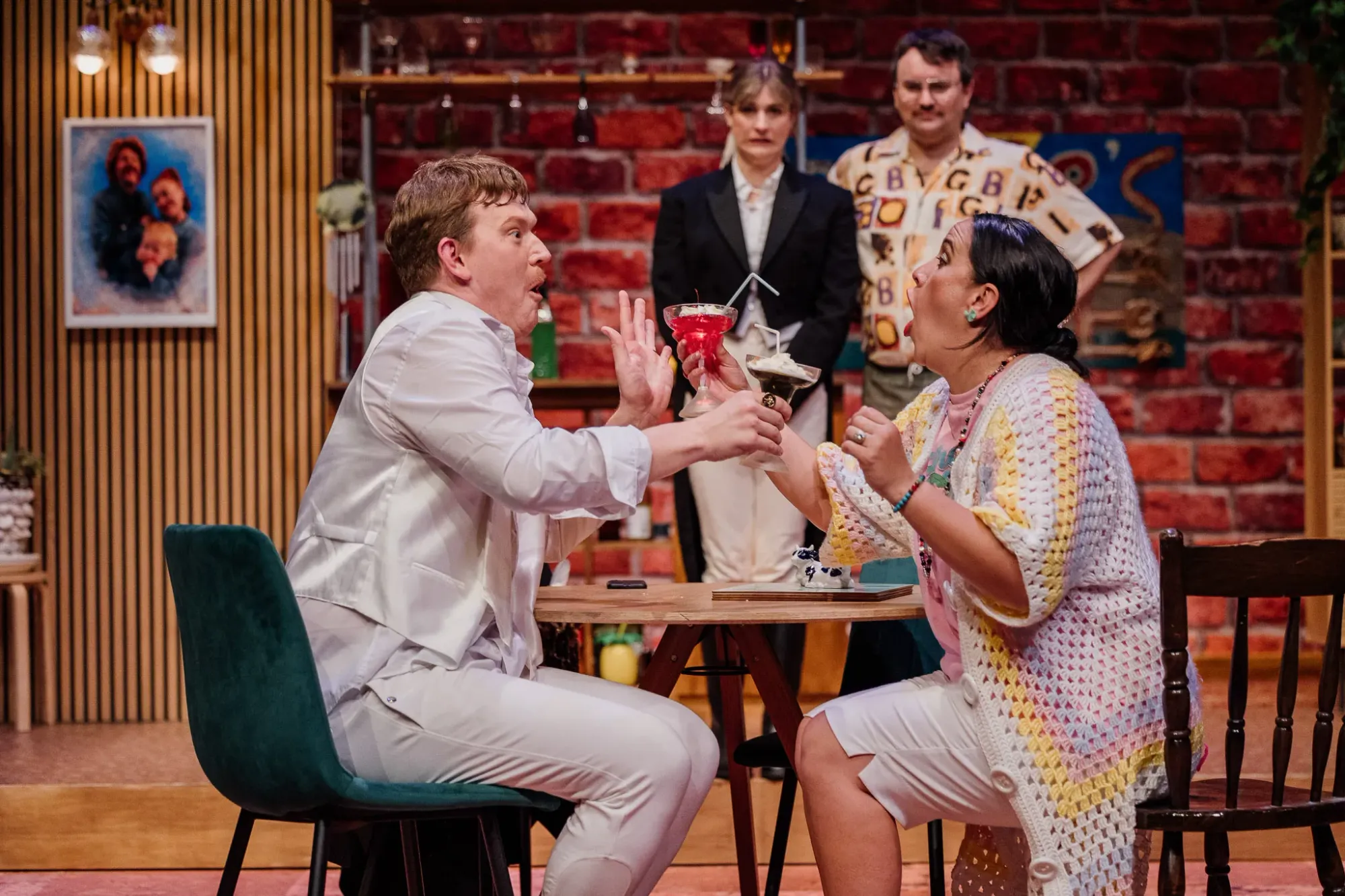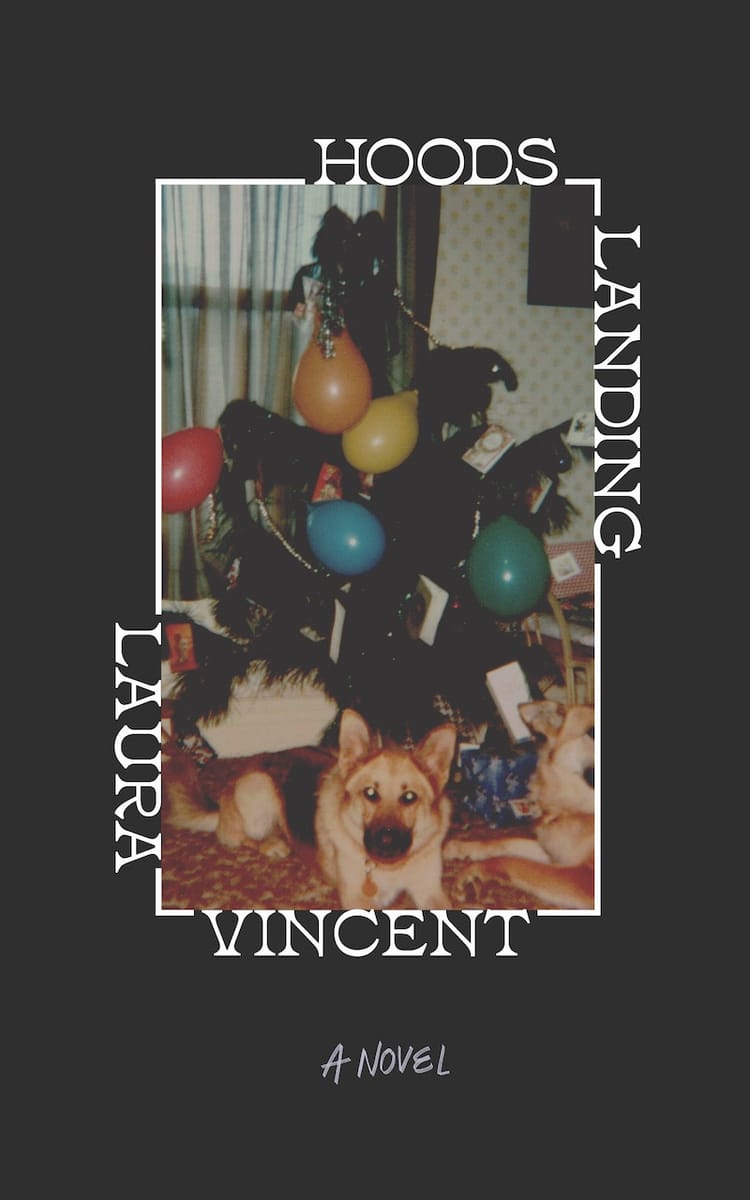Critical Corner: The Chthonic Cycle by Una Cruickshank

The thing I made sure to do before I cracked open The Chthonic Cycle was look up what the hell “chthonic” actually means. It means “relating to or of the underworld”, and I’d actually encountered it before, while playing Supergiant Games’ viral hit Hades. It had me worried to crack open the book, thinking it’d be a bunch of heady scientific essays that locked me out of understanding rather than invited me in.
I needn’t have been concerned. Across ten essays, plus an introduction, Cruickshank reveals herself not to be the kind of essayist who speaks from on high, caring more about their message being sent than whether it is received or not, but the kind of writer who learns about a topic and is excited to share it with everybody else. There is an appealing giddiness to her voice, that of someone who becomes an expert through a perfect blend of enthusiasm and curiosity.
I lead with her voice because it’s so crucial to The Chthonic Cycle being as insightful and profound a read as it is an enjoyable one. We preach that we shouldn’t shoot the messenger when they get it wrong, but we should also praise them when they get it right. After a delightful, brief, introductory essay on the 1952 Pont-Saint-Espirit mass poisoning (I hyperlink for clarity, but must stress that Cruickshank’s retelling is exponentially better than a Wikipedia page), Cruickshank focuses on essays that rein in the history of amber, jet, pearls, coral.
Each essay isn’t just about the science, or how all of these things came to be, but how we as a human have valued each of these “materials” – I say materials for lack of a better grouping world, and because most of my experience with all of the above are as crafting materials in fantasy video games. The common theme that emerges through most of these is that, as humans have valued these things for their properties, be they aesthetic or aromatic, we have done ridiculously stupid, wasteful and harmful things to obtain, often at the expense of humanity and the world at large.
Cruickshank ties these observations in with a linguistic raised eyebrow. Take this conclusion of the amber essay, which takes an amusing journey through Book One of Metamorphoses:
“Amber itself is a reminder from the earth that humans are small and time is large and nature has many ways of healing its wounds. Tell all the stories you want, she yawns. It’s all the same to me.”
These asides are part of what makes The Chthonic Cycle so appealing. No matter how she might strays from her core topic, and indeed, the title essay jumps and skips into many other topics related to jet, she comes back to it. Everything ties into each other: the importance of bears in culture around the world ties back to their presence as jet carvings in the coffins of the young, even Captain Cook’s forceful colonisation of Aotearoa is tied back into this essay. It takes more than craft to make these transitions come off as anything but tangents, it takes genuine enthusiasm. Cruickshank doesn’t seem just enthused to talk about her topic but again, for us to understand it.

Another constant throughout the book is an undertone of existentialism. As much as humans have caused irrevocable, or barely revocable, damage to the world, the world will continue to exist past it. Multiple times throughout the book, she’ll step back from her topic with an essay that snaps into relief that everything she is writing about is interconnected. During the essay about coral, she writes of her own personal observations of the phenomena (I call it this for lack of a better world, everything other descriptor feels woefully insufficient):
“I remember the rasping feel of the coral under my feet, surprisingly hard and sharp, like brittle concrete. But to me the coral was just set dressing, only pretty where everything else was ravishing. I mostly ignored it in favour of watching lionfish. I’m not sure I even knew, back then, that coral was alive. Every time I learn something new I feel like I regenerate into a new person, and all of the past changes to.”
Sentences like that last one are the juiciest bits of the book. Cruickshank isn’t just imparting knowledge onto the reader. Like the best teacher, she’s imparting understanding.
That might be why, for me, the brief concluding essay is the one that will stay the longest with me. In it, Cruickshank observes cremations on the Ganges. It’s the one essay in the book that moves into the second person, as much about life as it is about death. How can you understand the world without understanding death? It’s the one guarantee of the world, even more guaranteed that life. She writes:
“Much later you’ll realise that the single lesson of your first cremation was this: that death punches a small hole in the fabric of ordinary life, and whether it lets solemnity in or frivolity out is uncertain. Maybe the traffic goes both ways, like the boats on the river and the people on the ghat and the cars on the road above.”
The Chthonic Cycle is full of observations like the above, Cruickshack pulling the red strings between the inevitabilities of the world and the ephemeralities of it. It’s a treat of the book, drawing the world closer in just over 200 pages.
The Chthonic Cycle is available from Te Herenga Waka University Press now.

Other Things I’ve Consumed
- Somehow, I have only just gotten onto the Barry bandwagon, well over a year after it has ended. It’s a fascinating gem of a show – not quite comedy, definitely not drama – and I’m trying to glean what exactly it is about. Having just started the third season, the thing that grips me most is the toxic masculinity of it all, but I hope it goes somewhere deeper, somewhere better.
- The Parable of the Sower by Octavia E. Butler is something that I’ve put off reading because I can’t bear post-apocalyptic narratives; I find the familiar visuals and tone to be very limited in range. It turns out that so much of the imagery that turned me off can be drawn back to this novel, which does it so much better, with so much more humanity, and inventiveness. It’s one of the best things I’ve read in this genre, and it annoys me that so much literature and art has ripped it off to so many diminishing returns.
- Camping, Silo Theatre’s last show, for the year, was hilarious. Kura Forrester is truly one of the best performers in the country, and is giving a genuine tour-de-force here.
Things to Read
- Elizabeth Olsen is maybe my favourite actor of her specific milieu and era, not least of which because she’s so frank in interviews. I highly recommend this read from Vulture, her Lie Detector test with Vanity Fair, and her back-to-back with Bon Appetit (remember Bon Appetit).
- Madeleine Chapman (over at The Spinoff) on impartiality, and the myth of it, is an essential read.
- For international readers, Nadine Anne Hura’s explanation of the significance of last week’s haka in parliament is essential reading (and I honestly think more than a few people from home could use this read).
Writing and reporting takes time, and if you want to support the amount of time it takes (and ensure that the scant amount of meaningful coverage of local art can continue), please considering supporting Dramatic Pause with a paid subscription ($8 p/m, $60 p/a) and if you can't afford a paid subscription, please share the work with your networks!





Member discussion